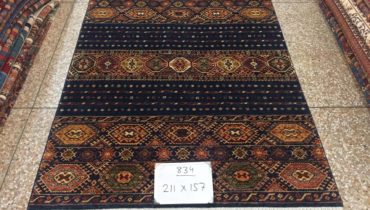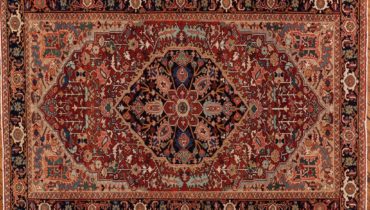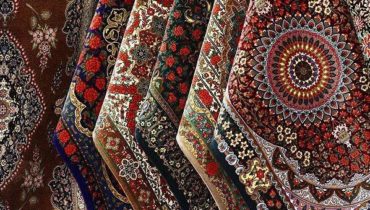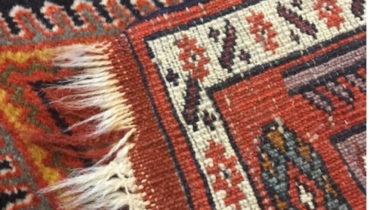Hand knotted oriental rugs are usually made through a number of natural materials such as jute, silk, cotton and wool or combination. In most cases, silk is used in rugs made of wool for the pattern’s highlights or outlines to improve the design. Hand woven and hand knotted rugs are very durable and can last for ages if they are properly maintained and of great quality. In case you find a rug is nap blended using synthetic polymers with wool or contains polyolefin or polypropylene, it is most certainly made by a machine. At the same time, a rug identified as an Oriental but was made in Italy, Belgium or any other place in western part of Europe is more likely to be a machine made rug. Identifying Oriental rugs becomes even harder when it comes to wool piles made from Egypt, Turkey and other countries in central Europe such as Bulgaria, Albania and Romania. Each of these nations has produced hand-woven Oriental rugs for about fifty years now, including a production of immense numbers of Oriental rugs imitations through machines. This is why we would suggest you do not buy handmade Oriental rugs from Bulgaria, Albania and Romania. These countries have perfected the art of handmade rug imitations and most people wouldn’t know the difference. However, these countries would be a good place to get an authentic handmade Oriental rug imitation for a low price (if you are a good negotiator). Even after using these tips and still can’t identify an Oriental rug from a man made one, you can always turn to a trustworthy expert for help. Reputable rug shops in the greater Toronto area and across Canada would be a good starting point. Always check company reviews online to make sure a company is reputable.
We hope this article answered some of the questions you had about identifying authentic handmade Oriental rugs and helped you make better decisions with rug purchases.





